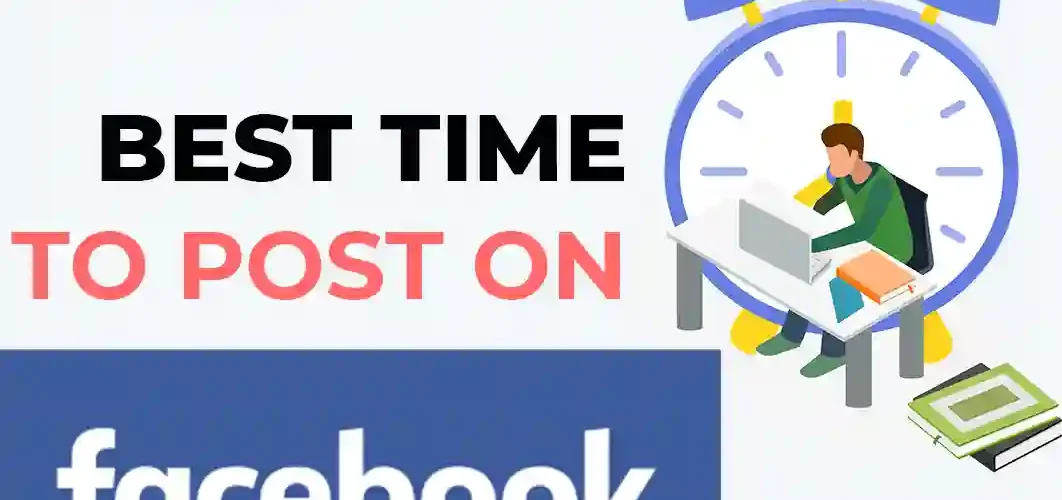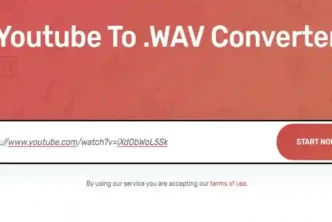In the world of social media, timing is a crucial factor that can significantly impact the success of your content. Whether you’re a business looking to reach your target audience or an individual hoping to boost engagement on your personal profile, understanding the best time to post on Facebook can make a substantial difference in your online presence. In this article, we will explore the science and art of timing your Facebook posts for triumph.
The Science Behind Timing
To determine the best time to post on Facebook, it’s essential to analyze the habits and behaviors of your target audience. Facebook’s massive user base of over 2.8 billion monthly active users means that your content is competing for attention with a vast array of other posts. To increase your chances of visibility and engagement, you need to sync your posting schedule with your audience’s online activity patterns.
Here are some key considerations:
1. Audience Demographics
Understanding your audience’s demographics, such as age, location, and profession, can provide valuable insights into their daily routines and when they are most likely to be active on Facebook. For instance, if you are targeting a global audience, take into account different time zones.
2. Facebook Insights
Leverage Facebook Insights, a built-in analytics tool available to page administrators. Insights provides data on when your followers are most active, which can help you identify trends and peak posting times. It offers valuable information on which days of the week and hours of the day your audience is most engaged with your content.
3. Trial and Error
Experimentation is a key component of finding the optimal posting time for your specific audience. Start by posting at different times throughout the day and week, and closely monitor the performance of each post. Over time, you’ll be able to identify patterns and trends, allowing you to refine your posting schedule.
General Guidelines for Posting Times
While the ideal posting time can vary based on your audience, industry, and niche, some general guidelines can serve as a starting point for your Facebook posting strategy:
1. Weekdays at Lunchtime
Many users check Facebook during their lunch breaks, typically between 12:00 PM and 1:00 PM. This can be an excellent time to catch people scrolling through their feeds during a break.
2. Late Afternoons and Early Evenings
The hours between 3:00 PM and 7:00 PM are often considered prime time for Facebook usage. This is when people are winding down after work or school and are more likely to engage with content.
3. Weekend Mornings
On Saturdays and Sundays, you can often find higher engagement rates in the late morning, from 9:00 AM to 11:00 AM. Many people use their weekends to catch up on social media.
4. Sunday Evenings
Sunday evenings, particularly between 7:00 PM and 9:00 PM, can also have good engagement rates. This is a time when people may be preparing for the upcoming workweek and spending more time online.
Remember that these are general guidelines, and the specific habits of your audience may differ. It’s essential to use these suggestions as a starting point and then fine-tune your posting schedule based on your audience’s behavior.
Industry-Specific Considerations
Certain industries or niches may have unique posting time patterns. Here are a few examples:
1. E-commerce and Retail
For e-commerce businesses, evenings and weekends are often prime times for posting, as people have more leisure time to shop and browse online.
2. B2B and Professional Services
If your target audience consists of professionals, consider posting during weekdays, especially during lunch hours or early afternoon breaks.
3. Entertainment and Events
For businesses related to entertainment or events, weekends and evenings tend to be when people are looking for things to do and places to go.
Consistency and Content Quality
While timing is undoubtedly crucial, it’s equally important to emphasize the quality of your content and maintain consistency in your posting schedule. Even if you’ve identified the perfect posting times, your content must be engaging, relevant, and visually appealing to capture your audience’s attention.
Consistency in posting not only keeps your audience engaged but also helps in building a loyal following. If your audience knows when to expect your content, they are more likely to interact with it.
Conclusion
Timing your Facebook posts for triumph requires a combination of data analysis, experimentation, and a deep understanding of your audience’s behavior. By using tools like Facebook Insights, monitoring engagement patterns, and fine-tuning your posting schedule, you can increase your chances of reaching your target audience at the right moment.
Remember that the best time to post on Facebook may evolve over time, so it’s essential to stay attuned to changes in your audience’s behavior and adapt your strategy accordingly. By mastering the art of timing, along with creating high-quality content and maintaining consistency, you’ll be well on your way to achieving success on the world’s largest social media platform.





